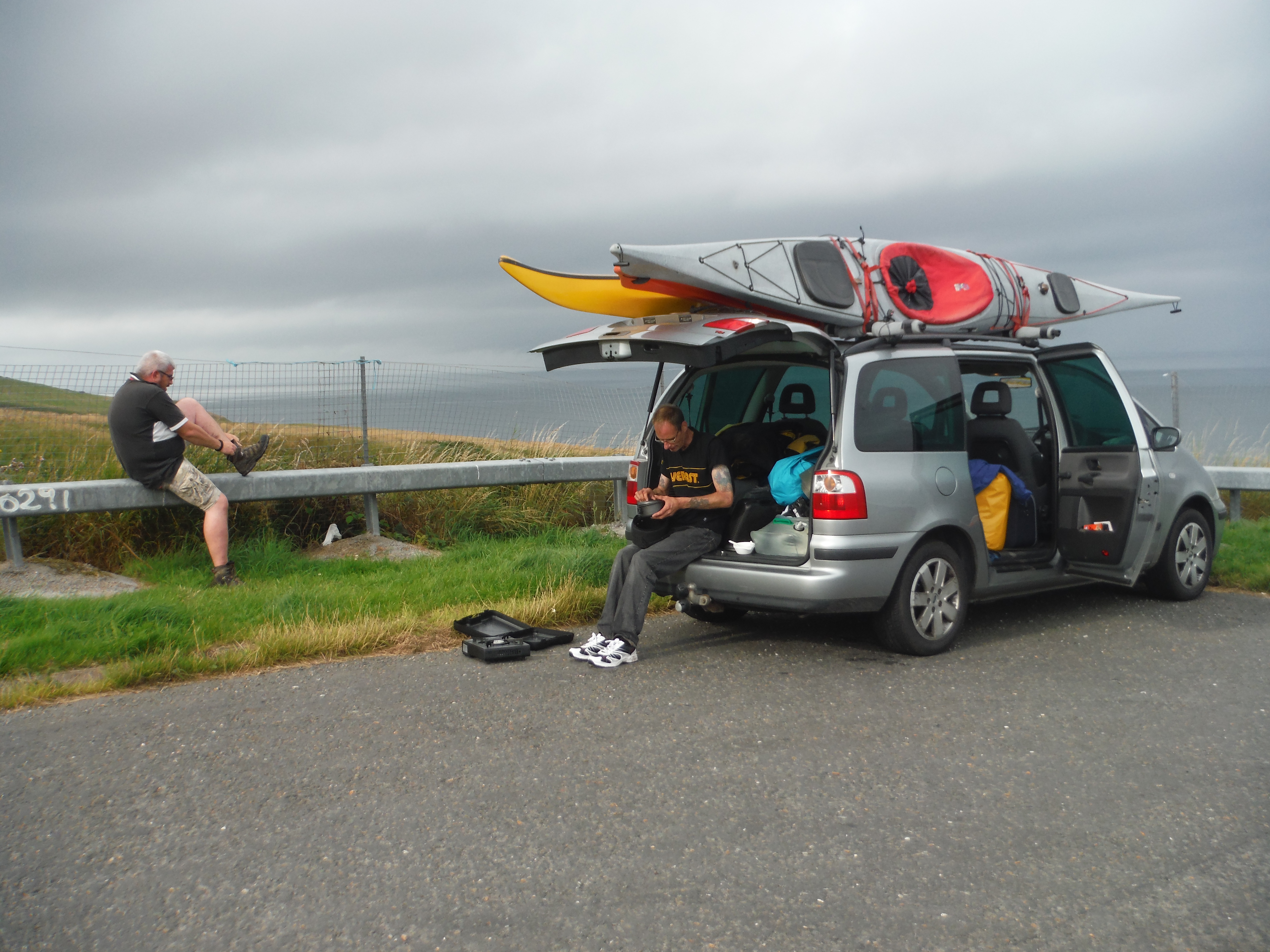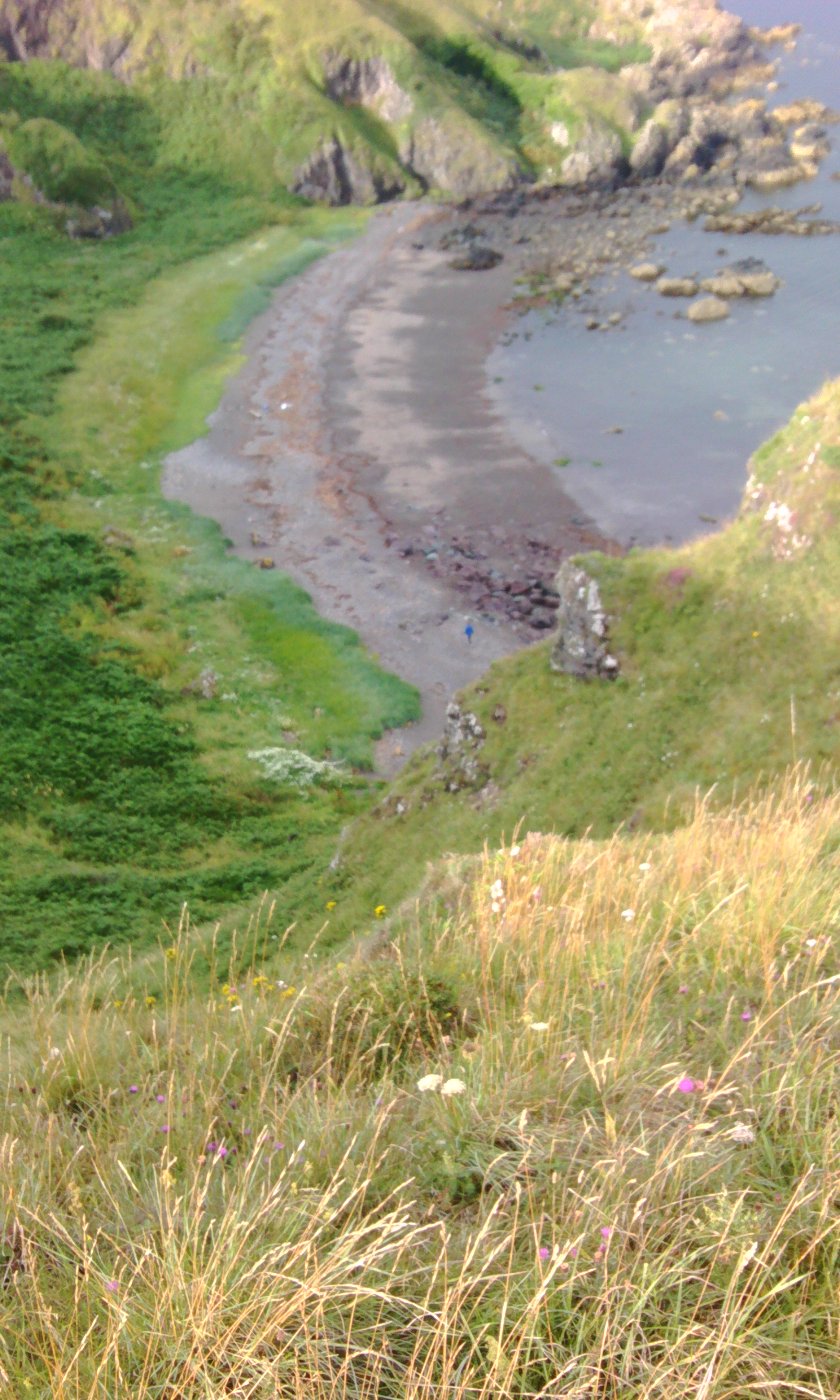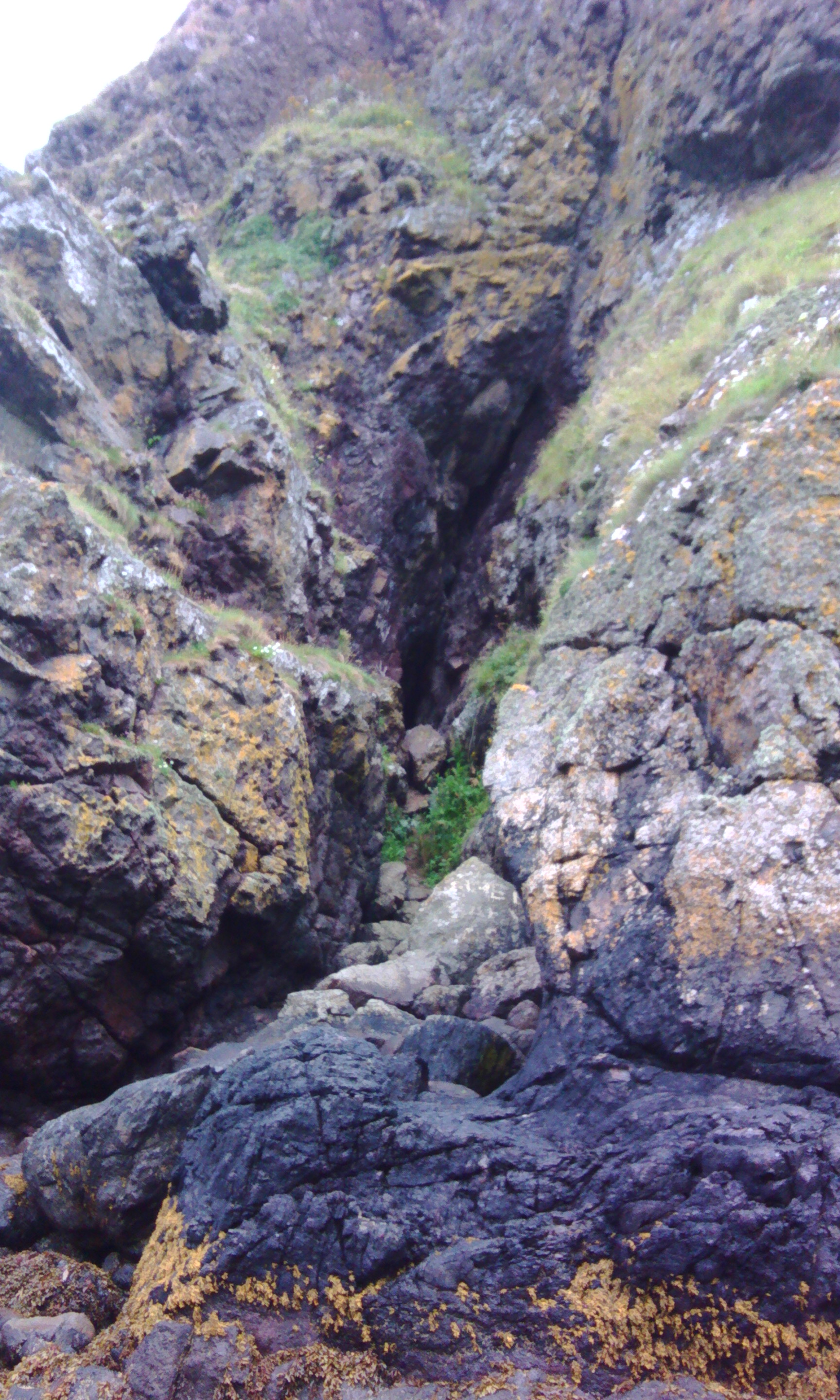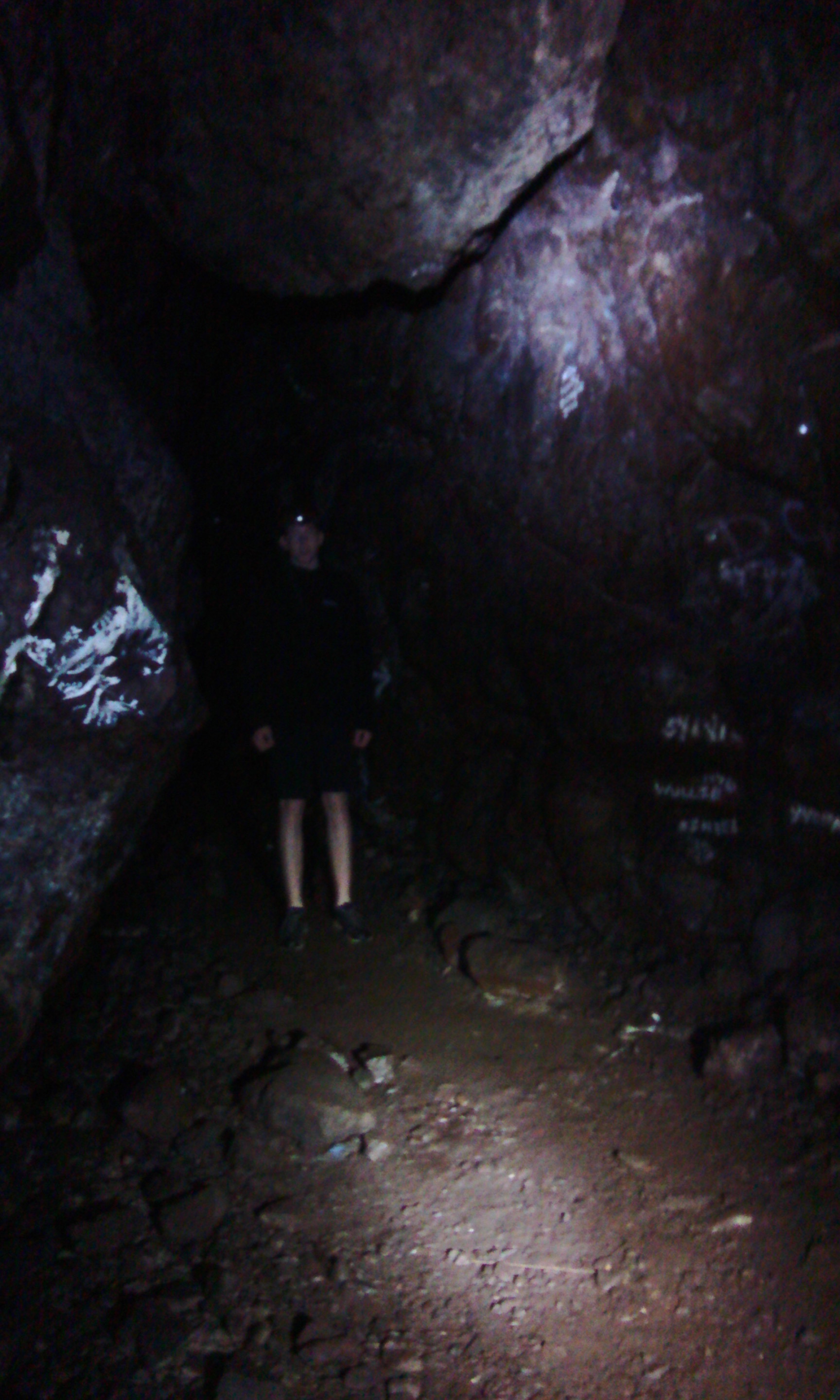vmckeown
Member
- Joined
- Apr 13, 2016
- Messages
- 14
- Reaction score
- 52
As part of our Kayaking trip to Ailsa Craig, we also decided to visit Sawney Bean's Cave. The cave is 'alleged' to go back quite some distance into the cliff (it doesn't, sadly).
The story is unlikely to be true either.
Interesting all the same.
The story of Sawney Bean and his family of cannibals and murderers has been told to spook Scotland's children for hundreds of years, but many believe that the story is more than just myth.
Alexander "Sawney" Bean, the story goes, led a 48-member clan - a product of incest and continued breeding within the family - in 15th or 16th century Scotland that was responsible for murdering and eating more than 1,000 people. After running away from his ditch-digger father, Bean camped out in a cave with a female companion and the two went undiscovered for more than 25 years.
The clan would leave the cave at night and bring individuals or small groups back to their home where they would be dismembered and eaten. Residents of nearby towns reportedly found body parts occasionally that would wash up on shore.
One night, the Beans met their match. When they tried to capture a man skilled in combat, he fought back long enough that others heard the commotion and gathered around. The Bean clan fled, but a search party was soon organized to find their hideout. After being captured, the clan members were taken to Tolbooth Jail in Edinburgh and then transferred before being executed without trial.
Whether or not you believe in the legend of Sawney Bean, the cave is still a beautiful site to visit in an isolated area. Past the ex-mining towns of the Galloway coast, Sawney Bean's Cave (aka Bennane Cave) is hard to reach. Blocked by an enormous boulder, the entrance is down near the waterline and requires visitors to scale down the treacherous rocks. You'll know you're in the right place when you see a plaque dedicated to Snib Scott, a local who lived in the cave until 1983.
Car Park above the Cave

The trek down, on the way back up we found the old Victorian foot path winding up the cliff face. All very overgrown.

The entrance to the cave

Inside, a bit of graffiti and litter.

View of the beach from the water, cave is in the outcropping on the left.

The story is unlikely to be true either.
Interesting all the same.
The story of Sawney Bean and his family of cannibals and murderers has been told to spook Scotland's children for hundreds of years, but many believe that the story is more than just myth.
Alexander "Sawney" Bean, the story goes, led a 48-member clan - a product of incest and continued breeding within the family - in 15th or 16th century Scotland that was responsible for murdering and eating more than 1,000 people. After running away from his ditch-digger father, Bean camped out in a cave with a female companion and the two went undiscovered for more than 25 years.
The clan would leave the cave at night and bring individuals or small groups back to their home where they would be dismembered and eaten. Residents of nearby towns reportedly found body parts occasionally that would wash up on shore.
One night, the Beans met their match. When they tried to capture a man skilled in combat, he fought back long enough that others heard the commotion and gathered around. The Bean clan fled, but a search party was soon organized to find their hideout. After being captured, the clan members were taken to Tolbooth Jail in Edinburgh and then transferred before being executed without trial.
Whether or not you believe in the legend of Sawney Bean, the cave is still a beautiful site to visit in an isolated area. Past the ex-mining towns of the Galloway coast, Sawney Bean's Cave (aka Bennane Cave) is hard to reach. Blocked by an enormous boulder, the entrance is down near the waterline and requires visitors to scale down the treacherous rocks. You'll know you're in the right place when you see a plaque dedicated to Snib Scott, a local who lived in the cave until 1983.
Car Park above the Cave

The trek down, on the way back up we found the old Victorian foot path winding up the cliff face. All very overgrown.

The entrance to the cave

Inside, a bit of graffiti and litter.

View of the beach from the water, cave is in the outcropping on the left.



































